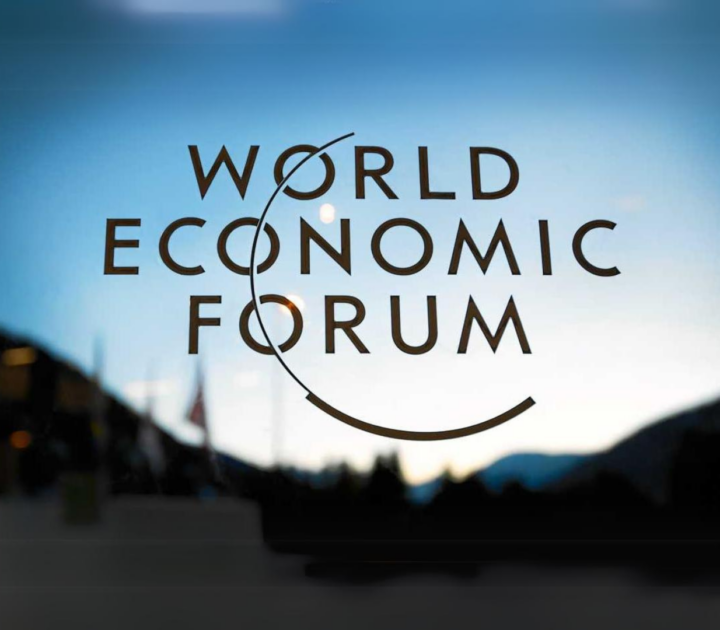
In Anticipation of the 2019 IMD World Competitiveness Yearbook
At the end of the month, the IMD World Competitiveness Center will launch the 2019 competitiveness rankings. This is the time that all of us who work in the project look forward to finding out how world events, governmental policies, and private sector initiatives have been captured by hard data and executives’ perceptions.
Competitiveness is a comprehensive and holistic concept. It evaluates the extent to which a country fosters an environment where enterprises can achieve sustainable growth, generate jobs and, ultimately, increase welfare for its citizens. We score the 63 economies we study on more than 230 indicators grouped in four factors:
- Economic performance, including international trade and international investment
- Government efficiency, including governmental discipline with internal financing, the rule of law and the improvement of inclusive institutions
- Business efficiency, including productivity and efficiency of the private sector and ease of access to finance
- Infrastructure, including scientific infrastructure, health and environmental sustainability as well as education
Figure 1 below provides a description of the evolution of competitiveness results from the regions’ perspective for the years 2013-2018.

Eastern Asia is the most competitive sub-region in 2018, having overtaken North America in 2016. Now North America and Western Europe are vying for second place, with North America just ahead. These three sub-regions represent the countries with the highest competitiveness.
The second group, the moderate-competitiveness countries, comprises Southern Asia & the Pacific (ranking fourth) and Western Asia & Africa (fifth).
The last group includes Eastern Europe, Ex-CIS and Central Asia, and Latin America. These include countries with ample room for improvement in their competitive standing.
Drilling down into the sub-regions’ performance in the four factors reveals some interesting details. North America dominates on economic performance. It’s the same story with business efficiency and infrastructure: led by North America with Western Europe and Eastern Asia close behind. But when it comes to government efficiency Western Europe is the highest ranked, despite criticism levelled at some European Union countries on their inefficient bureaucracies.
The sub-regions that rank lowest for competitiveness in almost all the factors are Western Asia & Africa, Ex-CIS & Central Asia, Eastern Europe and South America. The exception is Eastern Europe, which comes fourth overall in infrastructure. Notably, Latin America is the only sub-region with a star out-performer in government and business efficiency: Chile. In these factors it ranks closer North America and Southern Asia & the Pacific.
Placing the 2018 competitiveness rankings in perspective, they were in accord with some principles that emerged throughout the years we examine the competitiveness of countries:
- There is not just one path towards competitiveness transformation. High competitiveness economies share an above the average performance across all competitiveness factors. However, their competitiveness portfolio varies: One economy at a given time may pursue a tangible and intangible infrastructure competitiveness strategy, while another may focus on governmental efficiency like business legislation or inclusive institutions. In other words, a ‘one-size-fits-all’ recipe to improve competitiveness simply does not exist.
- Each year’s outcome is a snapshot of the economy’s performance at this particular period. In this way, it is not a forecasting analysis.
- Finally, competitiveness is not a zero-sum-game where the benefits of one economy are the losses of another. On the contrary, competitiveness provides a framework that allows us to recognize the factors that facilitate prosperity in a given economy. And this is how we expect our rankings to be used and interpreted: competitiveness is both a tool and an objective of economic policy.
With this in mind, do you think that the results presented reflect which countries will be in the top places at the end of the month?

Just to whet your appetite, Figure 2 presents, the three highest ranked economies for 2017 and 2018. Which economies do you think that will be in these three places in 2019?
Research Information & Knowledge Hub for additional information on IMD publications
IMD World Competitiveness Center Report, 8 April 2024
in VoxEU 12 March 2024

in I by IMD 6 February 2024

in I by IMD 6 February 2024


in I by IMD 19 January 2024


in I by IMD 16 January 2024

in I by IMD 9 January 2024

IMD World Competitiveness Center Report, 8 April 2024
Research Information & Knowledge Hub for additional information on IMD publications
in VoxEU 12 March 2024
Research Information & Knowledge Hub for additional information on IMD publications
Research Information & Knowledge Hub for additional information on IMD publications
in I by IMD 6 February 2024
Research Information & Knowledge Hub for additional information on IMD publications
in I by IMD 6 February 2024
Research Information & Knowledge Hub for additional information on IMD publications
Research Information & Knowledge Hub for additional information on IMD publications
in I by IMD 19 January 2024
Research Information & Knowledge Hub for additional information on IMD publications
Research Information & Knowledge Hub for additional information on IMD publications
in I by IMD 16 January 2024
Research Information & Knowledge Hub for additional information on IMD publications
in I by IMD 9 January 2024
Research Information & Knowledge Hub for additional information on IMD publications